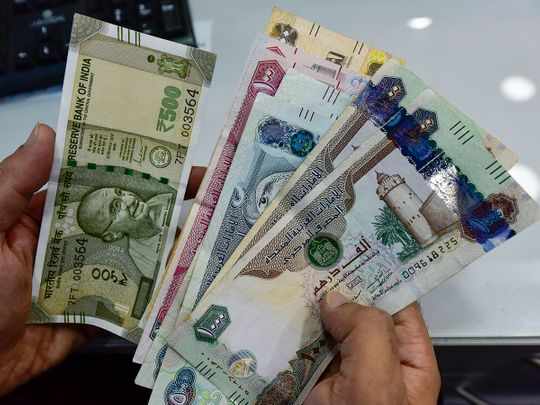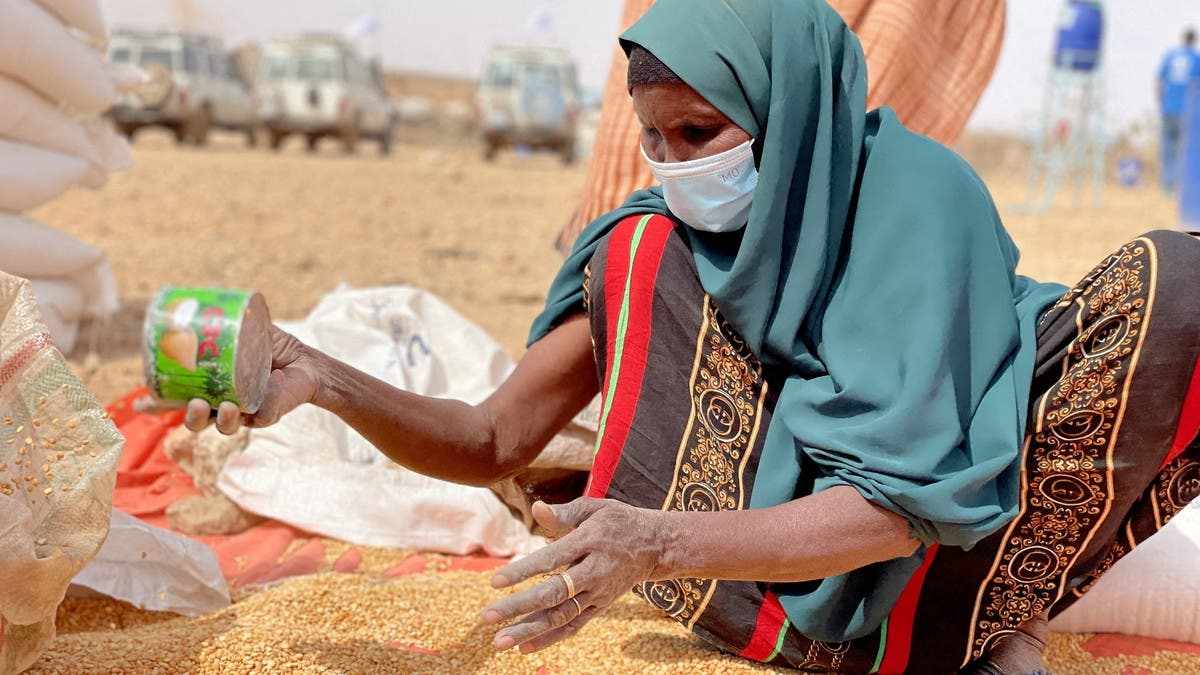5 things you should know about Europe’s energy crisis
- Date: 13-Oct-2021
- Source: World Economic Forum
- Sector:Financial Markets
- Country:Middle East
5 things you should know about Europe’s energy crisis
Demand for gas is rising as economic activity recovers from the pandemic.
But supplies are limited and prices are being pushed ever higher.
Gas can help to decarbonize electricity but it is also a source of emissions.
Europeans are bracing themselves for what could be a long, cold and expensive winter. Rising energy costs are likely to push up fuel bills and increase the price of many other everyday purchases, including food.
The reasons behind the European energy crisis are far from straightforward and illustrate how complex and interconnected the global energy market is. Here are five key points to help explain some of the issues fueling the energy crisis.
1. Global demand is recovering strongly
In 2020, demand for natural gas fell by 1.9%. That was partly because of changes in energy use during the worst periods of pandemic disruption. But it was also the result of a mild winter in the northern hemisphere.
In its Global Gas Security Review, the International Energy Agency (IEA) says gas demand is likely to rebound by 3.6% across 2021. If left unchecked, by 2024 global gas consumption could have grown 7% higher than pre-pandemic levels.
Although gas demand growth is expected to























